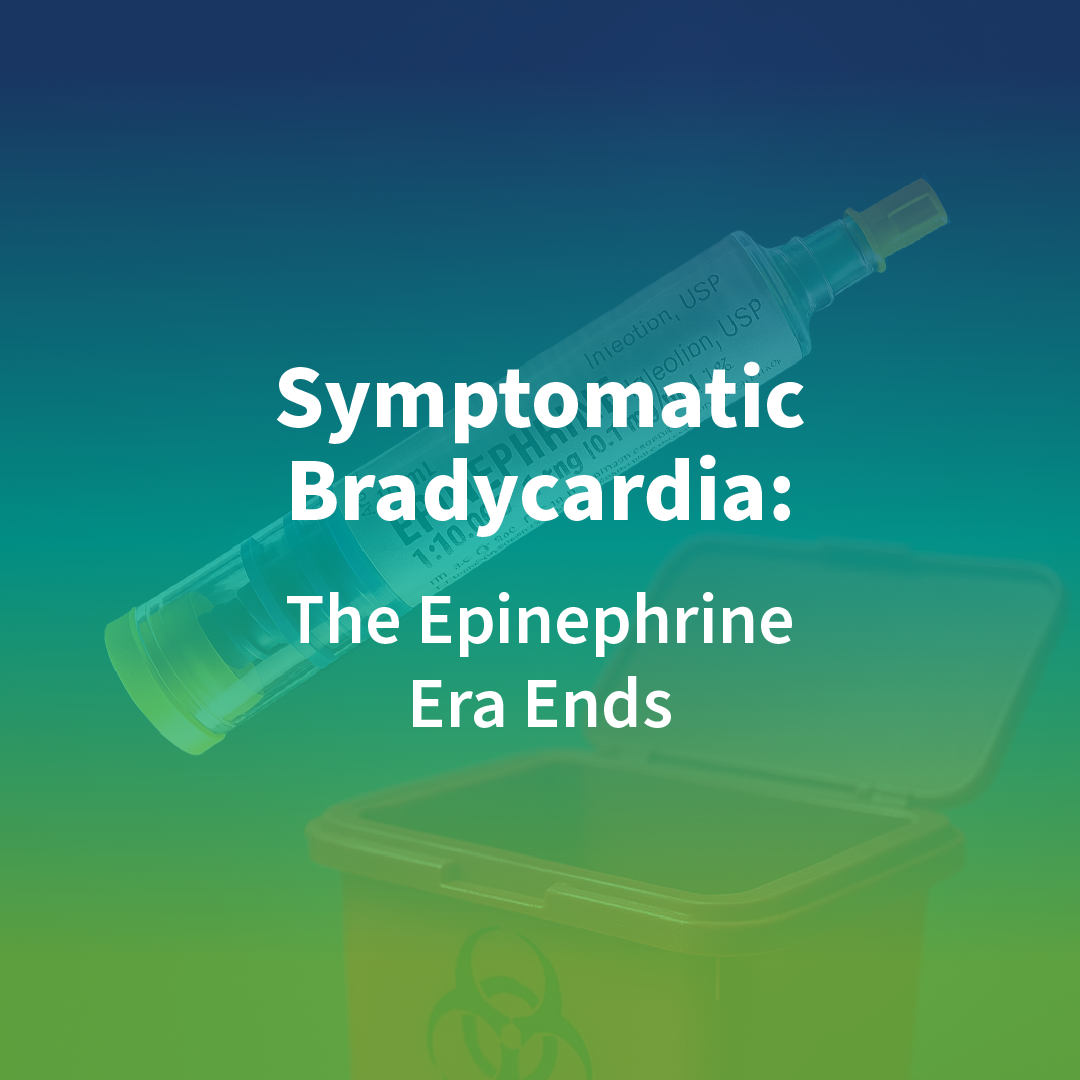Blog

It’s official: the 2025 ILCOR Pediatric Life Support guidelines have removed the recommendation to administer cardiac arrest dose epinephrine for…
Empowering fire and EMS professionals to save lives requires access to the latest innovations in prehospital care. Whole blood transfusion…
On November 14, 2024, ILCOR released their latest recommendations for adult and pediatric basic and advanced life support. There’s a…
Welcome to the Resuscitation Resources page – your comprehensive hub for essential tools, guidance, and best practices in resuscitation care.…
Monroe-Livingston Regional EMS (MLREMS) in New York found a 30% medication error rate for pediatric patients between 2020-2022, including 37%…
Access Pediatric Readiness Resources Watch the webinar recording Are you ready to enhance your organization’s pediatric readiness? Download our…
In the fast-paced world of EMS, precision in pediatric medication dosing can mean the difference between life and death. The…
Double Sequential External Defibrillation (DSED) Double sequential external defibrillation (DSED) is now recommended for use in cases where standard single-shock…
In the realm of emergency medicine, innovation and persistence are crucial. A recent case has highlighted the extraordinary potential of…
Every year, countless young lives are impacted by the split-second decisions made in emergency departments across the United States. Amid…

